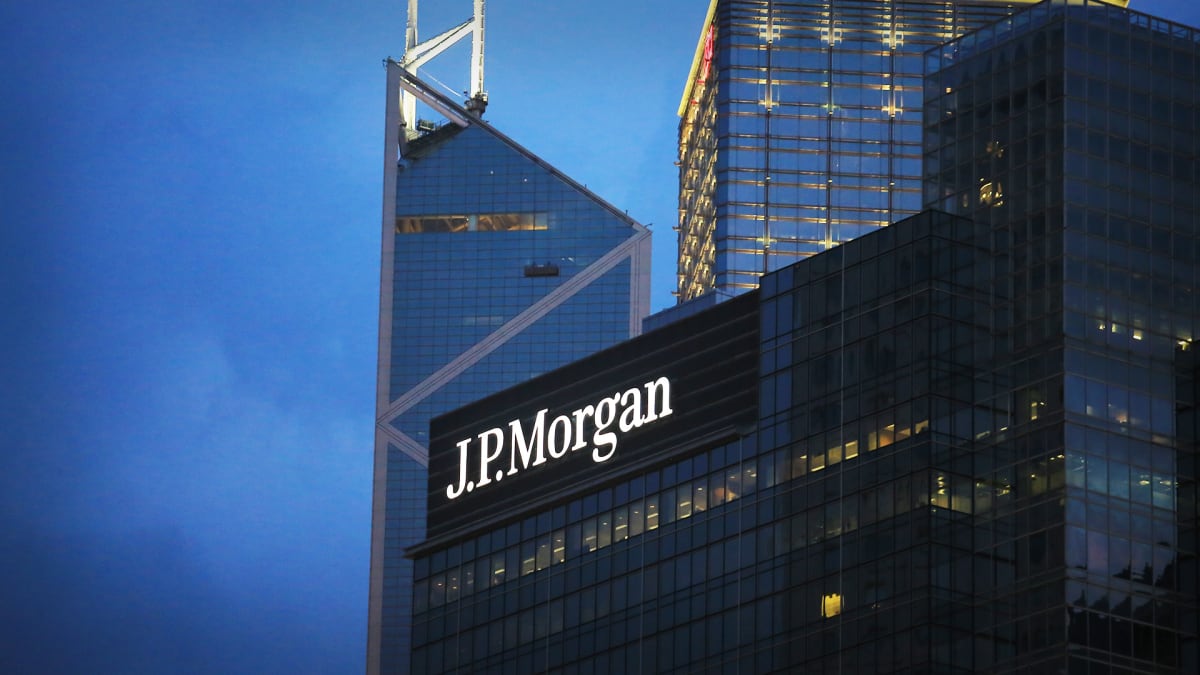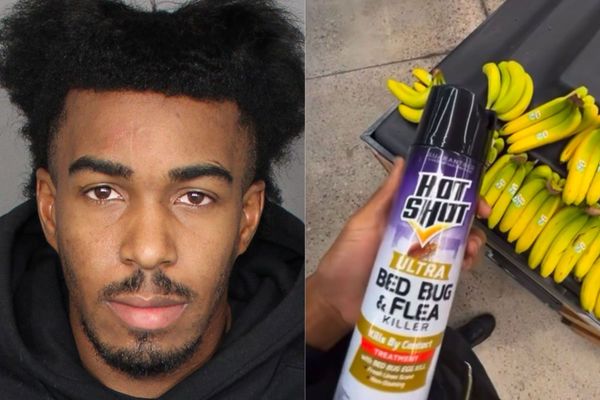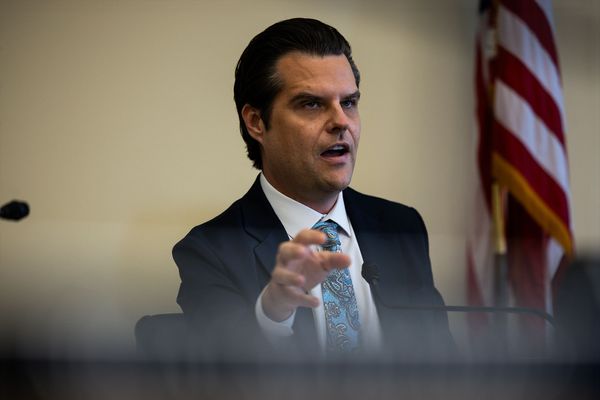
The banking crisis has put a big hurt on bank stocks, as you’re undoubtedly well aware, with the KBW Nasdaq Bank stock Index dropping 28% since March 3.
Perhaps you’re thinking of using that plunge as a buying opportunity. If so, you might consider these banks cited by Morningstar as the safest amid the banking sector’s liquidity issues.
It’s the Globally Systemic Important banks — the country’s biggest financial institutions, Morningstar says. That includes JPMorgan Chase JPM, Bank of America (BAC), Wells Fargo (WFC) and Citigroup (C).
Those banks are “so critical to the operations of the global financial system that they’re unlikely to be allowed [by the government] to collapse,” Morningstar said.
“As such, these banks are often considered too big to fail because their collapse could have catastrophic economic consequences,” Morningstar said. That obviously gives the big banks an advantage over regional ones.
Crisis Favors the Big Banks
“We expect the events of the last several days incrementally favor GSIBs, as the government backstop for these banks is a bit more secure,” said Morningstar bank analyst Eric Compton. “On top of that, GSIBs tend to have lower liquidity risk than regional banks.”
It’s improbable that depositors will withdraw their money from GSIBs in huge waves. But Compton looked at the implications for JPMorgan, Citigroup, BofA and Wells Fargo if that did happen.
The first two names could cover the withdrawals without having to resort to liquidity aid from the Federal Home Loan Bank or the Federal Reserve’s discount window, Compton said.
And that doesn’t include the Fed’s recently announced loan program, which allows banks to borrow from the Fed with their bonds as collateral — valued at par. That par value element is important, because many of banks’ bonds are underwater after the Fed’s hefty interest-rate increases.
Bank of America would be able to cover its at-risk deposits with the assistance of those programs, Compton said.
Wells Fargo, BofA a Bit More Fragile
“Only Wells Fargo [can’t cover] 100% of its at-risk deposits without having to consider at least a partial sale of securities if the Fed’s [loan program] were not an option,” Morningstar said.
And even Wells Fargo has below-average liquidity risk, Compton said. The bank would maintain almost an 8% common equity Tier 1 ratio, even in the unlikely event that it must dump its securities portfolio, he said.
Tier 1 Ratio, is a statistic regulators use to evaluate a bank’s ability to absorb losses without triggering insolvency. Generally, banks should have a common equity Tier 1 ratio of at least 7% to avoid fines from regulators, Morningstar said.
As for BofA, it has an above-average capital risk, Compton says. That’s because if it has to realize the losses on its balance sheet by selling bonds, its common equity Tier 1 ratio would fall to 5.87% from 11.22%.
“However, banks would only be pressured to sell those securities and realize those losses under dire circumstances, such as if customers start withdrawing their money all at once and trigger a liquidity crisis,” Morningstar said. “This is less likely to occur for extremely large banks such as Bank of America.”
Moreover, the Fed’s new loan program should lessen concern about BofA, as it would let them avoid realizing losses on the bonds, Compton says.







